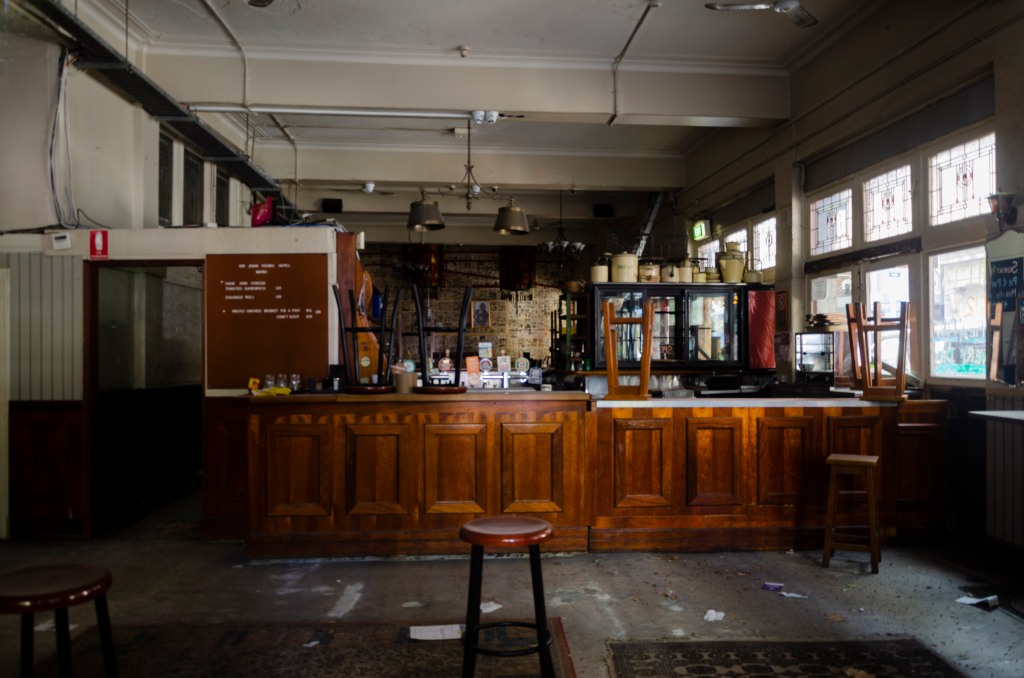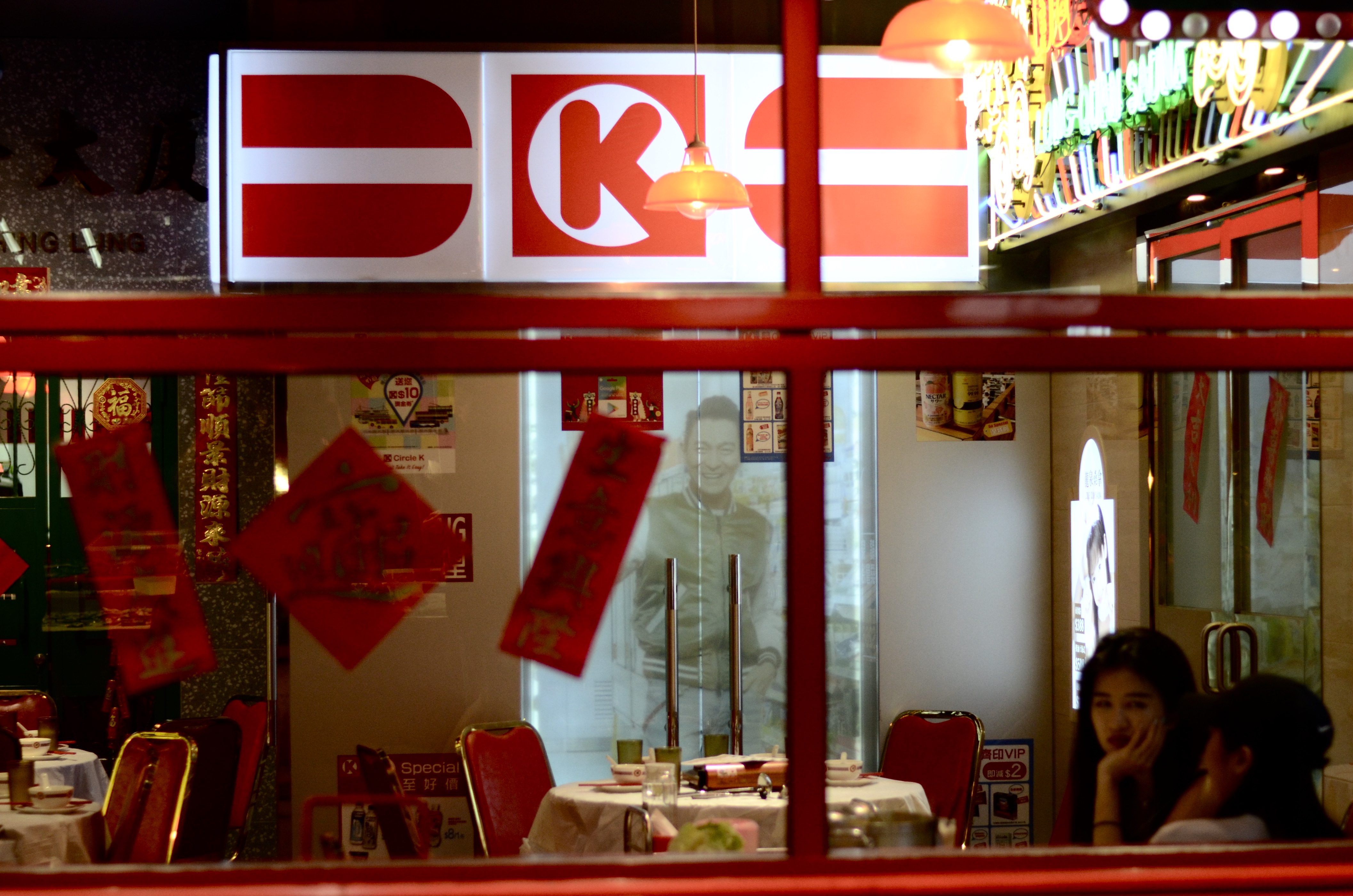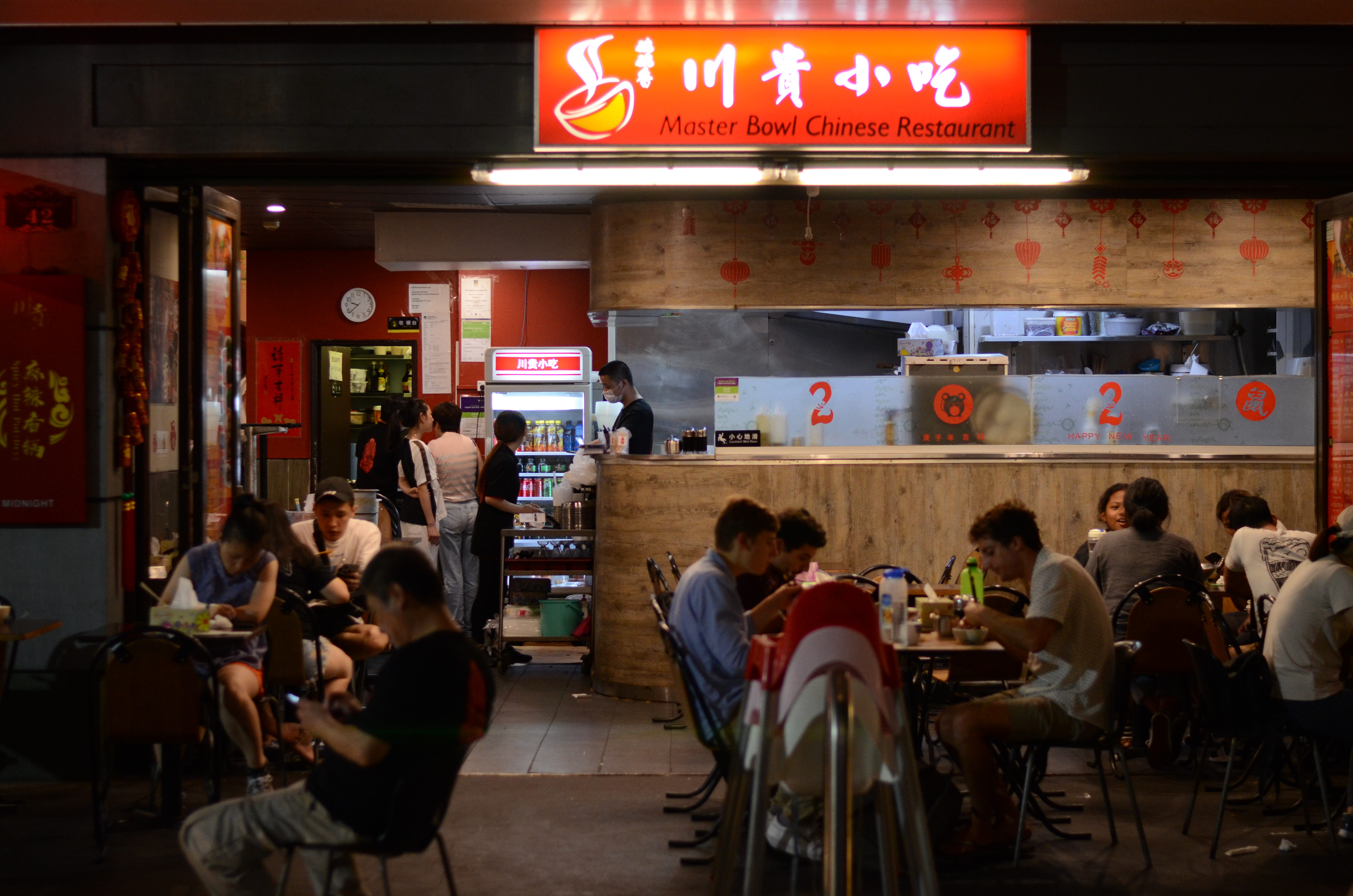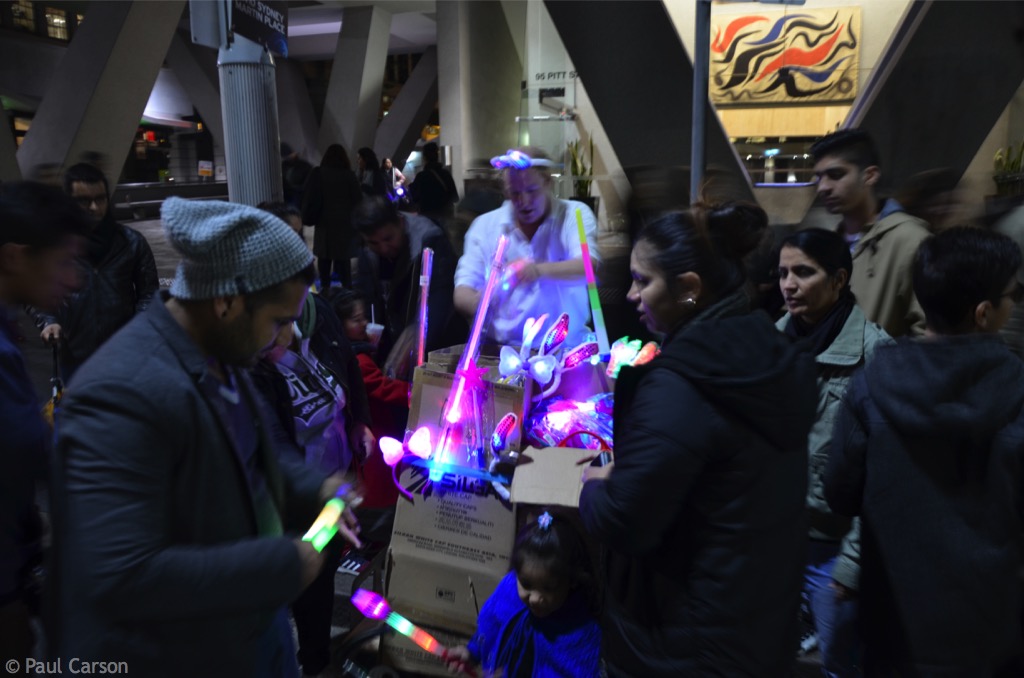




















As of writing, Sydney hasn’t gone into full lockdown due to Covid-19, but it has become a lot more quiet as many businesses close as a preventative measure. The CBD wasn’t as empty as I was expecting, but it was noticeably less crowded.

Social distancing guidelines on the floor of my local café.

Martin Place at 12:20. Usually a lot busier than this.

Lunchers outside the GPO building in Martin Place.

New measures for pedestrians.

Park and George Streets.

Sydney Town Hall steps. A popular rendezvous point, now virtually empty.


The gates to Chinatown on Dixon Street.

An eerily quiet Dixon Street.

This place usually has a queue of around 15 to 20 people, waiting for cream puffs. Today, only one.

Safe distance.


A pedestrian battles the rain and wind outside the Gucci store in Sydney, Australia.
A stroll through Sydney’s Chinatown at night. Taken with a new 50mm prime lens I picked up the other day.







The Middle East has interested me for some time. Unfortunately, travel to some countries in the region would be… unwise…
I’ve worked with a few Lebanese-Australians in various jobs and each of them, after hearing my stories of travel in Southeast Asia, said that Lebanon would be my cup of tea.
And so I went.
Because of its location between Europe and the Arabian peninsula, Lebanon is a country with an ancient and turbulent history. It shows a very strong influence from both cultures. I don’t think there are too many cities besides Beirut where you could be enjoying a beer at a rooftop bar while the mosque down the street broadcasts the call to evening prayer.
The people are amazingly friendly and accommodating, exhibiting that famous Mediterranean hospitality.
Lebanon is a country which was until recently at war, and the presence of military patrols and checkpoints as well as bullet-scarred buildings were reminders of the country’s strife in the not-too-distant past. Even now there are tensions at the southern border with Israel, and the presence of Daesh (ISIS) in neighbouring Syria is a constant worry.
I stayed mainly in Beirut but had a couple of days in Baalbek in the east of Lebanon where there are some of the best preserved ancient Roman ruins in the world. Unfortunately I didn’t get to see much else of this beautiful country due to becoming ill for about a week. I’m determined to make it back sometime soon to explore more.

Beirut building damaged by gunfire.

Beirut building damaged by gunfire.


French colonial building in Beirut

French colonial building in Beirut

French colonial building in Beirut

Pigeon Rocks, Beirut

The Mediterranean coast

Mohammad Al-Amin Mosque, Beirut

Interior of Mohammad Al-Amin Mosque

New residential towers in downtown Beirut

Roman ruins, Baalbek

The temple of Bacchus in Baalbek

Beqaa Valley view from the Roman ruins in Baalbek

The temple of Bacchus in Baalbek

Mosque in Baalbek

What’s left of the Holiday Inn in downtown Beirut. Used as a sniper position during the Lebanese Civil War. The building has been condemned and has been empty for decades.

French colonial building in Beirut

Beirut pizza shop in a building damaged by the war.

A street in Hazmiyeh, a neighbourhood in southern Beirut

A street in Hazmiyeh, a neighbourhood in southern Beirut

A street in Hazmiyeh, a neighbourhood in southern Beirut

A street in Hazmiyeh, a neighbourhood in southern Beirut

New residential tower in downtown Beirut





To commemorate the 100th anniversary of the commision of the Royal Australian Navy, an international fleet review has been held in Sydney.
Today members of various navies marched from The Rocks to Town Hall in downtown Sydney where they were reviewed by Her Excellency Quentin Bryce, the governer-General of Australia.